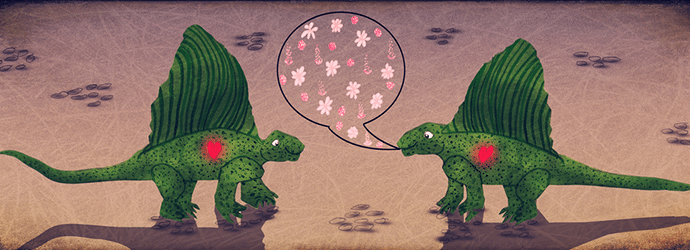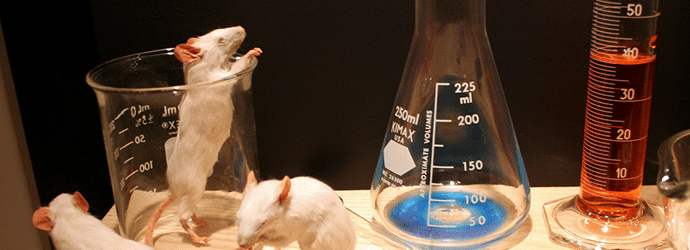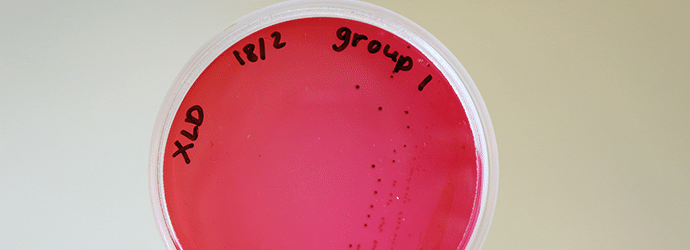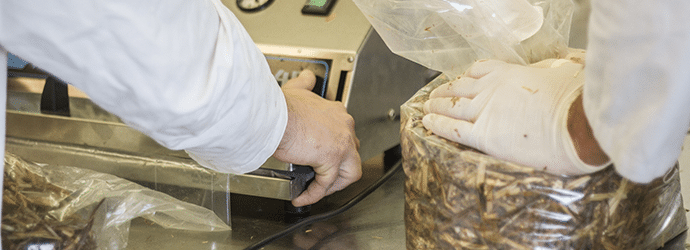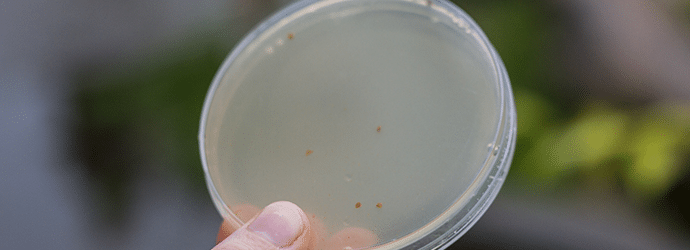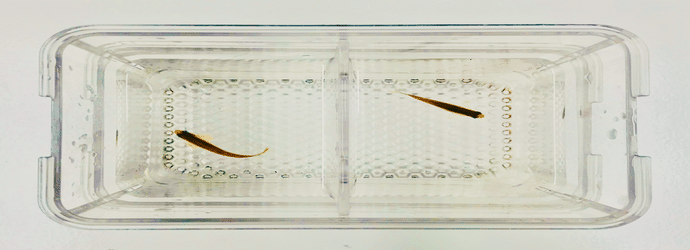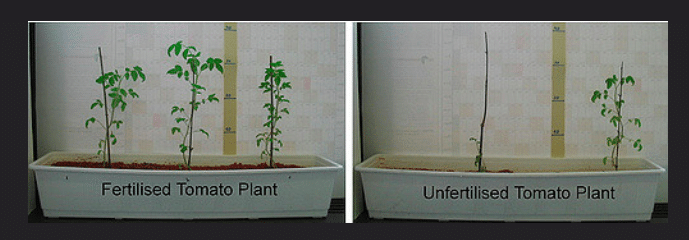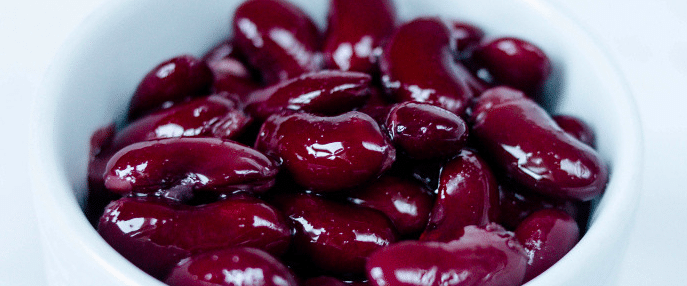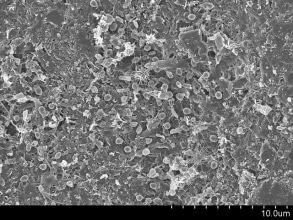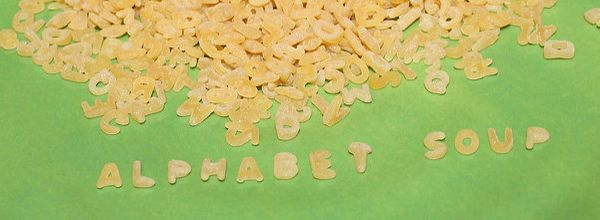Five Factors Affecting Your Mouse Behavioral Studies
Let’s face it: the nature of behavior itself is inherently variable, whether it’s the heterogeneous socializing behavior of humans at parties, the complex aggressive behavior of rodents when they perceive a threat, or the intricate courtship behavior of insects during their mating dances. Because of this variability, the struggles associated with trying to (successfully) reproduce…










